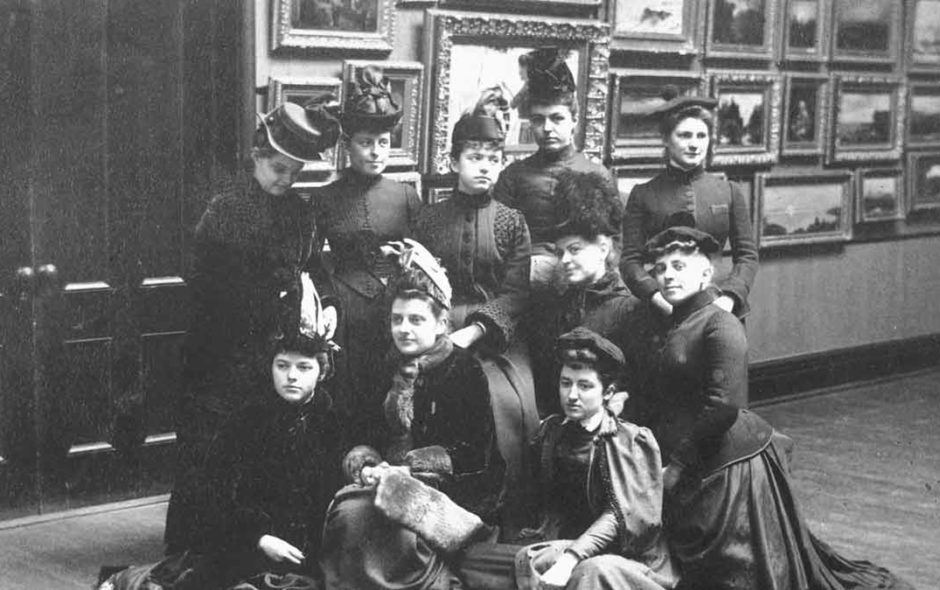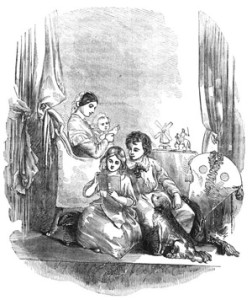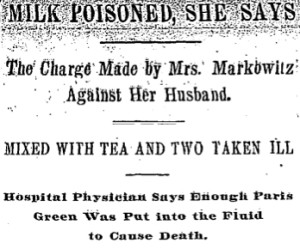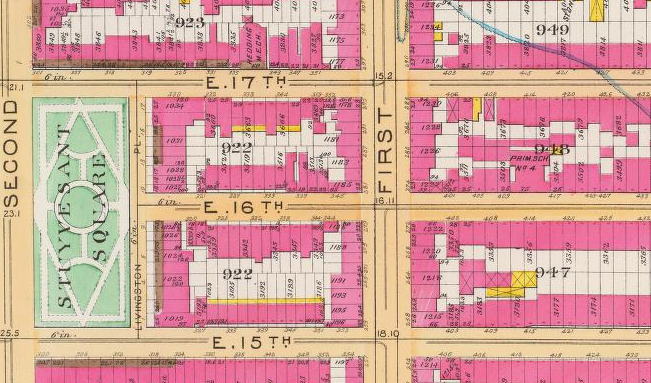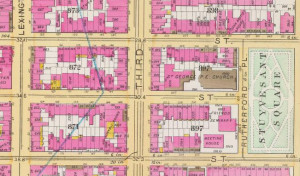As the most frequently visited section of 17th Street is the full character list, I have decided to slowly work on expanding it from a simple list of character names to include short profiles for each of the characters. Four of the main character profiles are now complete: Sara Howard, Lucius Isaacson, Marcus Isaacson, and Cyrus Montrose. Once the remaining main character profiles have been written, I will begin work on the supporting characters. In the meantime, a copy of Lucius’ profile can be viewed below while the remainder of the completed profiles can be viewed on the main characters page of the full character list.
Isaacson, Detective Sergeant Lucius
Appears in The Alienist and The Angel of Darkness
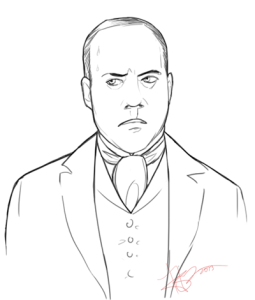 Detective Sergeant Lucius Isaacson is the younger brother of Detective Sergeant Marcus Isaacson and provides forensic medicine expertise to the investigative team. Lucius and Marcus were among the new police recruits hired by Theodore Roosevelt in his attempt to rid the police force of corruption, and were handpicked by Roosevelt to join the investigation in The Alienist due to their lack of loyalty to any of the force’s corrupt ‘old guard’ as well as their progressive methods in the newly established forensic sciences. We know little of Lucius’ background prior to joining the police force except that his parents were Jewish immigrants, he has one younger sister, and he went to medical school before joining his brother in working at the Pinkerton Detective Agency for a brief time. As with Marcus, he is a bachelor and the brothers still live at home with their mother for the duration of the novels.
Detective Sergeant Lucius Isaacson is the younger brother of Detective Sergeant Marcus Isaacson and provides forensic medicine expertise to the investigative team. Lucius and Marcus were among the new police recruits hired by Theodore Roosevelt in his attempt to rid the police force of corruption, and were handpicked by Roosevelt to join the investigation in The Alienist due to their lack of loyalty to any of the force’s corrupt ‘old guard’ as well as their progressive methods in the newly established forensic sciences. We know little of Lucius’ background prior to joining the police force except that his parents were Jewish immigrants, he has one younger sister, and he went to medical school before joining his brother in working at the Pinkerton Detective Agency for a brief time. As with Marcus, he is a bachelor and the brothers still live at home with their mother for the duration of the novels.
Both of the Isaacson brothers are hyper-analytical and were drawn to detective work after reading Wilkie Collins’ novels as boys. Of the two brothers, Lucius is more prone to anxiety and can be easily flustered, but he also has a tendency to “grandstand” which is frequently the source of many bickering arguments between the brothers throughout the novels. Even so, the younger Isaacson’s competence is unquestionable and his skills in forensic medicine are an invaluable asset to the team. It is Lucius, for example, who discovers that the coroner’s report on a three year old cold case related to the murders in The Alienist was incorrect in concluding that the victims died of cut throats as he finds damage to the laryngeal structures on the corpses that indicates strangulation instead. In the same cold case, he also observes knife marks in the eye sockets that were overlooked by the coroner, thereby providing the team with crucial evidence that the killer used a particular type of hunting knife to remove the eyes of his victims.
Although Lucius continues to make these kinds of important discoveries throughout The Alienist which are then translated into a psychological profile of the killer by Dr. Kreizler, his role in The Angel of Darkness is slightly smaller as there are fewer tasks specific to his skills that are required of him. However, he and Marcus conduct the initial examination of Señora Linares’ injuries following her attack in Central Park, thereby providing the team with clues such as the approximate height of her attacker and the type of weapon employed, and it is Lucius who also has the idea for Kat Devlin to help the team by stealing one of Libby Hatch’s jackets for fingerprint and hair fiber analysis. Later in the novel, Lucius also helps Marcus conduct the ballistics testing and fingerprint analysis on the gun and bullets used to murder the Hatch children while the team stay in Ballston Spa, and he takes responsibility for presenting the ballistics evidence in court later in the novel.

